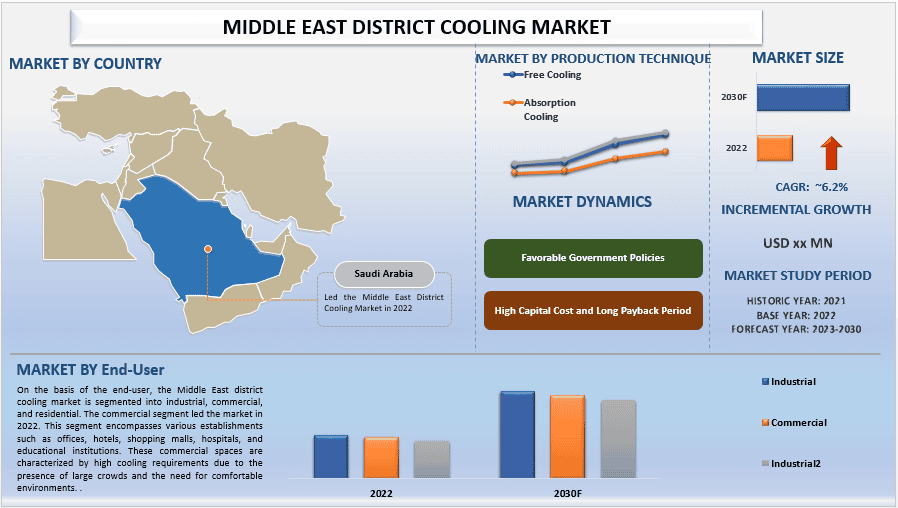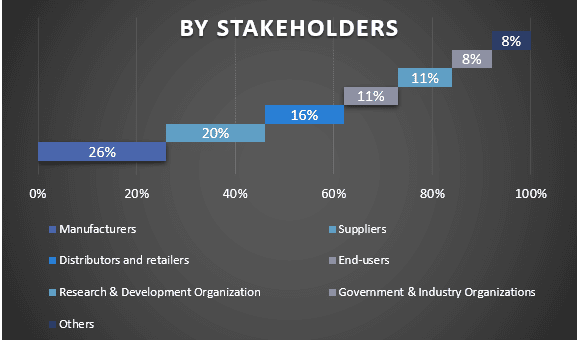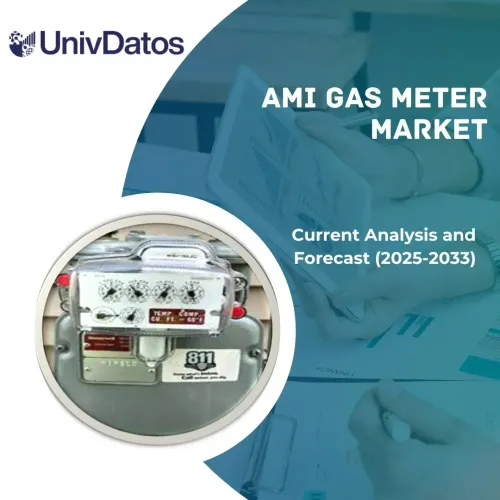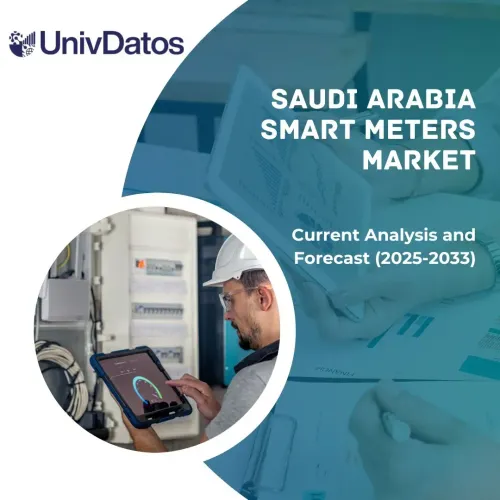- Home
- About Us
- Industry
- Services
- Reading
- Contact Us
Middle East District Cooling Market: Current Analysis and Forecast (2023-2030)
Emphasis on Production Technique (Free Cooling, Absorption Cooling, and Electric Chillers); End-User (Industrial, Commercial, and Residential); and Country

The Middle East District Cooling Market was valued at USD 5,470.4 Million in 2022 and is expected to grow at a CAGR of around 6.2% during the forecast period (2023-2030). District cooling is a centralized system for cooling multiple buildings in a given area. It involves chilling water at a central plant and then distributing the chilled water through a network of underground pipes to individual buildings. The chilled water is used to cool the air in buildings, typically through a heat exchanger, and then returned to the central plant to be re-chilled.
The Middle East region is experiencing rapid population growth and urbanization, leading to an increase in the demand for cooling solutions. District cooling systems are more efficient and cost-effective when compared to individual cooling units, making them a preferred choice for large urban developments. For example, the King Abdullah Financial District in Riyadh, Saudi Arabia, utilizes district cooling to meet the cooling needs of its commercial buildings and residential towers. Moreover, many governments in the Middle East region are actively promoting the adoption of district cooling systems through supportive policies and regulations. For instance, Dubai has implemented the Green Building Regulations and Specifications, which encourage the use of energy-efficient technologies like district cooling in new developments. These policies create a favorable business environment and drive the growth of the district cooling market.
Some of the major players operating in the market include Danfoss, Emicool, ENGIE SA, Enwave Energy Corporation, Keppel Corporation Ltd., Ramboll Group A/S, Shinryo Corporation, Siemens, Stellar Energy, and Veolia Environment SA.
Insights Presented in the Report
“Amongst production technique, the electric chillers segment to held dominant share of the market in 2022”
On the basis of production technique, the Middle East district cooling market is segmented into free cooling, absorption cooling, and electric chillers. The electric chillers segment led the market in 2022. The increasing demand for energy-efficient cooling solutions and the growing infrastructure development in the Middle East region propelled the growth of the electric chillers segment in the district cooling market. Electric chillers utilize electricity to cool water or air, offering a cost-effective and environmentally friendly alternative to conventional cooling systems. Additionally, advancements in technology and the adoption of smart control systems have further boosted the popularity of electric chillers. Consequently, the electric chillers segment dominated the Middle East district cooling market in 2022, demonstrating its significant contribution to the region’s cooling infrastructure.
“Amongst end-user, the commercial segment to held dominant share of the market in 2022”
On the basis of the end-user, the Middle East district cooling market is segmented into industrial, commercial, and residential. The commercial segment led the market in 2022. This segment encompasses various establishments such as offices, hotels, shopping malls, hospitals, and educational institutions. These commercial spaces are characterized by high cooling requirements due to the presence of large crowds and the need for comfortable environments. Further, the rapid urbanization and increasing commercial construction activities across the region are fueling the demand for efficient and sustainable cooling solutions. The growing number of skyscrapers, commercial complexes, and mixed-use developments further amplify the need for reliable cooling infrastructure.
“Saudi Arabia held a significant share of the market in 2022”
Saudi Arabia has been experiencing rapid population growth and urbanization, resulting in increased energy demand for cooling purposes. The district cooling market has emerged as a sustainable and cost-effective solution to meet this demand. The country’s hot climate makes cooling a necessity, and district cooling systems can significantly reduce energy consumption and carbon emissions compared to traditional air conditioning units. The market in Saudi Arabia is driven by several factors, including government support through regulatory frameworks and policies that promote sustainable development. The government’s Vision 2030 initiative also aims to increase energy efficiency and reduce reliance on fossil fuels, pushing for the adoption of district cooling systems. Major cities such as Riyadh, Jeddah, and Mecca have been at the forefront of district cooling adoption in Saudi Arabia. The market is highly competitive, with several local and international companies involved in the design, installation, and operation of district cooling plants.
District Cooling Market Report Coverage

Reasons to buy this report:
- The study includes market sizing and forecasting analysis validated by authenticated key industry experts.
- The report presents a quick review of overall industry performance at one glance.
- The report covers an in-depth analysis of prominent industry peers with a primary focus on key business financials, product portfolios, expansion strategies, and recent developments.
- Detailed examination of drivers, restraints, key trends, and opportunities prevailing in the industry.
- The study comprehensively covers the market across different segments.
- Deep dive regional level analysis of the industry.
Customization Options:
The Middle East District Cooling Market can further be customized as per the requirement or any other market segment. Besides this, UMI understands that you may have your own business needs, hence feel free to contact us to get a report that completely suits your requirements.
Table of Content
Research Methodology for the Middle East District Cooling Market Analysis (2023-2030)
Analyzing the historical market, estimating the current market, and forecasting the future market of the Middle East District Cooling Market were the three major steps undertaken to create and analyze the adoption of district cooling. Exhaustive secondary research was conducted to collect the historical market numbers and estimate the current market size. Secondly, to validate these insights, numerous findings and assumptions were taken into consideration. Moreover, exhaustive primary interviews were also conducted, with industry experts across the value chain of the Middle East District Cooling Market. Post assumption and validation of market numbers through primary interviews, we employed a top-down/bottom-up approach to forecasting the complete market size. Thereafter, market breakdown and data triangulation methods were adopted to estimate and analyze the market size of segments and sub-segments of the industry pertains to. Detailed methodology is explained below:
Analysis of Historical Market Size
Step 1: In-Depth Study of Secondary Sources:
A detailed secondary study was conducted to obtain the historical market size of the District Cooling Market through company internal sources such as annual reports & financial statements, performance presentations, press releases, etc., and external sources including journals, news & articles, government publications, competitor publications, sector reports, third-party database, and other credible publications.
Step 2: Market Segmentation:
After obtaining the historical market size of the District Cooling Market, we conducted a detailed secondary analysis to gather historical market insights and share for different segments & sub-segments for major regions. Major segments are included in the report as production technique and end-user. Further country-level analyses were conducted to evaluate the overall adoption of testing models in that region.
Step 3: Factor Analysis:
After acquiring the historical market size of different segments and sub-segments, we conducted a detailed factor analysis to estimate the current market size of the District Cooling Market. Further, we conducted factor analysis using dependent and independent variables such as production technique and end-user of the District Cooling Market. A thorough analysis was conducted of demand and supply-side scenarios considering top partnerships, mergers and acquisitions, business expansion, and product launches in the Middle East District Cooling Market.
Current Market Size Estimate & Forecast
Current Market Sizing: Based on actionable insights from the above 3 steps, we arrived at the current market size, key players in the Middle East District Cooling Market, and market shares of the segments. All the required percentage shares split, and market breakdowns were determined using the above-mentioned secondary approach and were verified through primary interviews.
Estimation & Forecasting: For market estimation and forecast, weights were assigned to different factors including drivers & trends, restraints, and opportunities available for the stakeholders. After analyzing these factors, relevant forecasting techniques i.e., the top-down/bottom-up approach were applied to arrive at the market forecast for 2030 for different segments and sub-segments across the Middle East. The research methodology adopted to estimate the market size encompasses:
- The industry’s market size, in terms of revenue (USD) and the adoption rate of the District Cooling Market across Middle Eastern countries
- All percentage shares, splits, and breakdowns of market segments and sub-segments
- Key players in the Middle East District Cooling Market in terms of products offered. Also, the growth strategies adopted by these players to compete in the fast-growing market
Market Size and Share Validation
Primary Research: In-depth interviews were conducted with the Key Opinion Leaders (KOLs) including Top Level Executives (CXO/VPs, Sales Head, Marketing Head, Operational Head, Regional Head, Country Head, etc.). Primary research findings were then summarized, and statistical analysis was performed to prove the stated hypothesis. Inputs from primary research were consolidated with secondary findings, hence turning information into actionable insights.
Key Stakeholders

Market Engineering
The data triangulation technique was employed to complete the overall market estimation and to arrive at precise statistical numbers for each segment and sub-segment of the Middle East District Cooling Market. Data was split into several segments & and sub-segments post studying various parameters and trends in the areas of the device, application, and end-user in the Middle East District Cooling Market.
The main objective of the Middle East District Cooling Market Study
The current & future market trends of the Middle East District Cooling Market were pinpointed in the study. Investors can gain strategic insights to base their discretion for investments on the qualitative and quantitative analysis performed in the study. Current and future market trends determined the overall attractiveness of the market at a regional level, providing a platform for the industrial participant to exploit the untapped market to benefit from a first-mover advantage. Other quantitative goals of the studies include:
- Analyze the current and forecast market size of the District Cooling Market in terms of value (USD). Also, analyze the current and forecast market size of different segments and sub-segments
- Segments in the study include areas of the production technique and end-user
- Define and analysis of the regulatory framework for the District Cooling industry
- Analyze the value chain involved with the presence of various intermediaries, along with analyzing customer and competitor behaviors of the industry
- Analyze the current and forecast market size of the District Cooling Market in the Middle East
- Major countries of regions studied in the report include UAE, Saudi Arabia, Egypt, Iran, and Rest of MENA
- Company profiles of the District Cooling Market and the growth strategies adopted by the market players to sustain in the fast-growing market
- Deep dive country-level analysis of the industry
Frequently Asked Questions FAQs
Q1: What is the current market size and growth potential of the Middle East District Cooling Market?
Q2: What are the driving factors for the growth of the Middle East District Cooling Market?
Q3: Which segment has the largest share of the Middle East District Cooling Market by end-user?
Q4: What are the emerging technologies and trends in the Middle East District Cooling Market?
Q5: Which country will dominate the Middle East District Cooling Market?
Q6: Who are the key players operating in the Middle East District Cooling Market?
Related Reports
Customers who bought this item also bought










